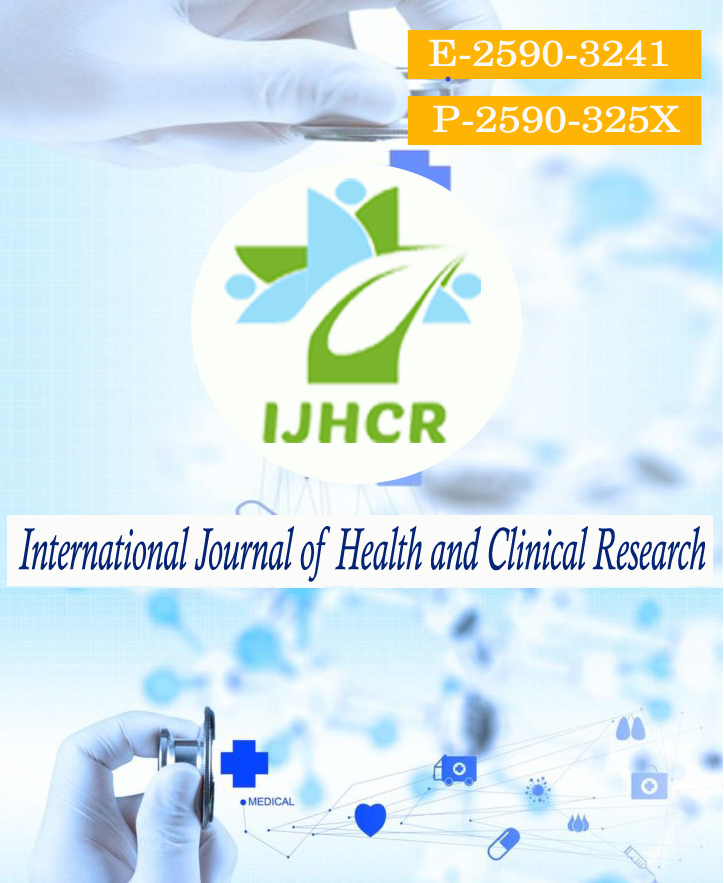Study of Cystatin–C and its association with urinary citrates in diabetic Nephropathy
Keywords:
Diabetic nephropathy, Cystatin-C, urinary citrates, micro protein and microalbuminAbstract
Diabetic nephropathy is occurs due to severe complication of diabetes mellitus and its has been identified as a risk factor for cardiovascular disease (CVD) related outcomes including mortality heart failure, myocardial infarction and stroke . Metabolic changes associated with diabetes lead to glomerular hypertrophy, glomerulosclerosis, and tubule-interstitial inflammation and fibrosis. There is more risk of diabetic renal disease onset and progression with current therapies for diabetes mellitus. Hence, widespread innovation is immediately needed to improve health outcomes for patients with diabetic renal disease and can reduce chances of diabetic nephropathy. Cystatin-C is a 13 kDa cysteine protease inhibitor that is produced by cells throughout the body. Cystatin-C is abundant in serum/plasma and is readily filtered at the glomerulus. Serum levels of cystatin-C have been proposed as a useful marker to estimate glomerular filtration rate. So the the present study is aimed to evaluate the possible association between cystatin–C and urinary citrate along with other biochemical parameters in diabetic nephropathy patients. A total 46 diabetic nephropathy patients and 46 healthy ages matched; individuals between the ages of 35 to 45 years were selected for this study. All the parameters are analyzed by conventional standardized methods and compared between the two groups. The student ‘t’ test was applied for the statistical analysis and the results were expressed in mean ± SD and p <0.001 were considered as highly significant. The mean levels of cystatin –C levels were increased ,urinary citrates are significantly reduced and micro protein, urinary protein creatinine ratio and micro-albumin are significantly elevated in the diabetic nephropathy patients when compared to control group.
Downloads
Published
How to Cite
Issue
Section
License
Copyright (c) 2022 Prem Kumar G, Balu Mahendran K, Sandhya S

This work is licensed under a Creative Commons Attribution 4.0 International License.






 All articles published in International Journal of Health and Clinical Research are licensed under a
All articles published in International Journal of Health and Clinical Research are licensed under a 